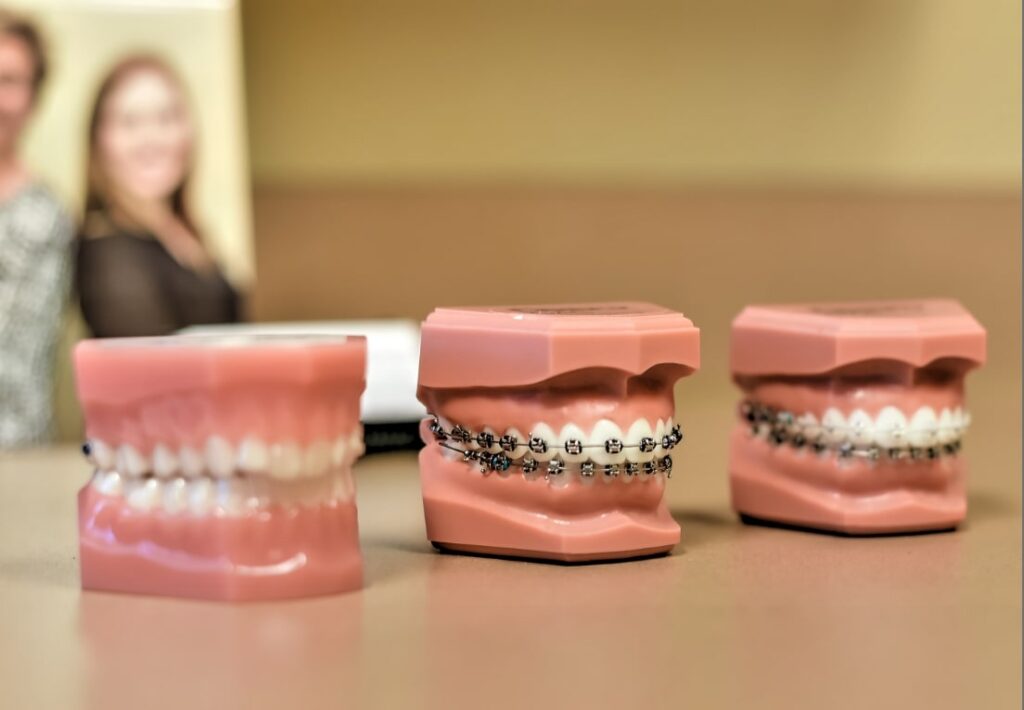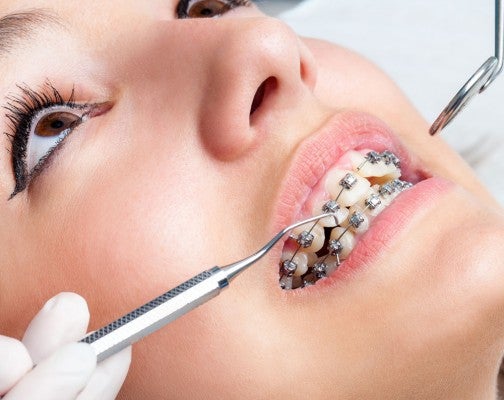How Cumming Orthodontics Addresses Common Braces and Invisalign Issues
How Cumming Orthodontics Addresses Common Braces and Invisalign Issues
Blog Article
Comprehensive Overview to Orthodontics Treatments for Fixing Oral Misalignments
Understanding the intricacies of each procedure, including their mechanisms, benefits, and prospective disadvantages, is vital in making educated decisions regarding one's orthodontic treatment. As we navigate through the comprehensive overview to orthodontic treatments for dealing with oral imbalances, the complex details of each method will certainly unravel, dropping light on the path toward a practical and harmonious oral placement.
Orthodontic Procedures Review

Routine modifications and surveillance are crucial parts of orthodontic treatment to guarantee development is on track and to make any kind of required adjustments along the method. By going through orthodontic procedures, individuals can not just attain a straighter grin yet also improve their overall dental wellness and feature.
Conventional Braces: How They Work
When thinking about orthodontic treatments for oral misalignments, conventional dental braces stick out as a time-tested approach for remedying teeth positioning. Typical dental braces contain braces, cables, and bands that collaborate to use constant pressure on the teeth, slowly moving them right into the desired positioning. The brackets are affixed to the teeth utilizing a special adhesive, and the cables are threaded via the brackets. By readjusting the tension of the cables, orthodontists can control the instructions and force used to each tooth, guiding them into correct alignment with time.
As stress is used to the teeth with the dental braces, the bone surrounding the teeth is reshaped to support the new tooth positions. Clients will certainly require normal adjustments at the orthodontist's office to guarantee the braces continue to use the correct pressure for reliable teeth motion.
Invisible Aligners: Advantages And Disadvantages
These clear, custom-made trays are essentially unseen when worn, making them an appealing choice for people seeking a more visually pleasing orthodontic treatment. People can get rid of the aligners before consuming or brushing their teeth, minimizing the risk of food obtaining stuck in the appliance and streamlining the cleaning procedure.

Surgical Orthodontic Options
Surgical treatments in orthodontics existing sensible alternatives for resolving intricate oral imbalances that might not be properly solved through conventional orthodontic treatments. While invisible aligners and conventional braces can correct numerous orthodontic issues, specific instances call for medical intervention to accomplish optimal results. Surgical orthodontic choices are generally advised for serious malocclusions, substantial jaw disparities, and cases where the underlying bone structure needs alteration to attain correct placement.
One common surgical orthodontic treatment is orthognathic surgery, which involves rearranging the jaws to correct useful problems such as trouble talking or chewing. This surgery is typically performed in cooperation with an orthodontist who assists straighten the teeth before and after the procedure. Surgical orthodontics might additionally involve procedures to subject impacted teeth, remove excess gum tissue, or reshape the jawbone to create a more harmonious face profile.
Before taking into consideration surgical orthodontic choices, individuals undertake a comprehensive examination to figure out the requirement Continued and possible benefits of such treatments. orthodontist. While surgery may seem overwhelming, it can substantially improve both the feature and aesthetic appeals of the smile in situations where standard orthodontic therapies fall short
Retainers and Post-Treatment Care

Post-treatment care entails following the orthodontist's directions faithfully. This might include proper dental health practices, participating in follow-up appointments, and putting on the retainers as prescribed. Failure to conform with post-treatment care directions can lead to regression, where the teeth slowly return towards their original positions. Constant retainer wear, good dental hygiene, and routine oral check-ups are important for keeping the results attained through orthodontic surgery and ensuring the lasting stability of the dealt with oral placement.
Final Thought
In final thought, orthodontic treatments supply numerous choices for correcting dental imbalances. Surgical orthodontic choices are readily available for extra severe misalignments. Generally, orthodontic procedures can effectively enhance oral health and aesthetic appearance.
As we navigate through the thorough overview to orthodontic procedures for dealing with oral imbalances, the complex information of each technique will unravel, losing light on the course towards a unified and useful dental positioning. - braces
One of the most typical orthodontic therapies is the usage of braces, which are composed of metal braces and cables that use mild pressure to progressively move teeth right into the preferred setting.When considering orthodontic treatments for oral imbalances, standard braces stand out as a reliable technique for remedying teeth placing. Additionally, unseen aligners may not be suitable for complex orthodontic problems that need more substantial teeth motion, as they are typically advised for mild to moderate cases. Retainers are personalized orthodontic devices created to hold teeth in their dealt with positions after the completion of orthodontic treatment.
Report this page